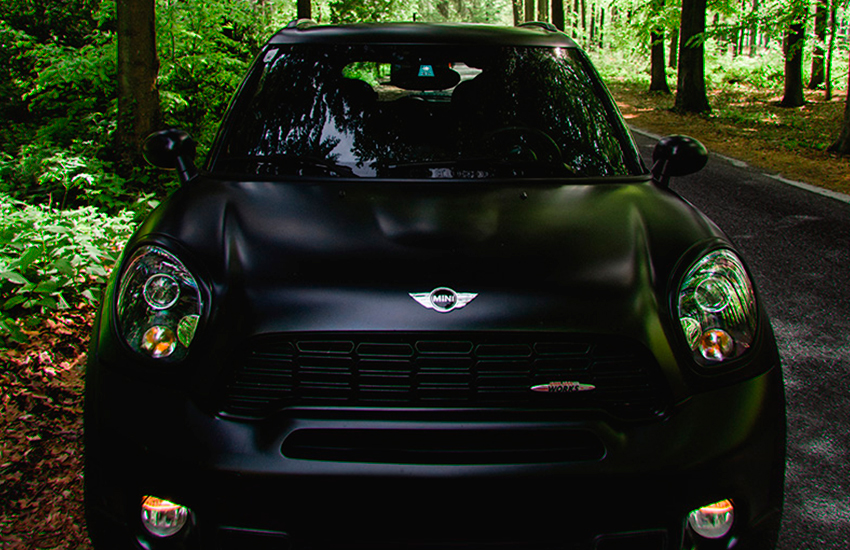It’s a maths question that sounds like it should have a simple enough answer.
But Jackie ‘O’ Henderson found out the hard way that this question supposedly for Year 2 students doesn’t have the answer you might think it should. And there’s actually a scientific reason why.
Jackie was stumped live on air this morning when listener Liam called into the Kyle and Jackie O Show to ask the KIIS FM hosts if they knew the answer to the question.
“I’ve only ever seen a couple of people get it, but it’s so simple; it’s really not hard,” he told Jackie O and Kyle Sandilands.
“If you buy a baseball bat and a baseball and your total is a $1.10 and the bat cost one dollar more than the ball, how much is the ball?”
“10 cents, right?” Jackie quickly answered, only to be stunned to find out she was in fact incorrect.
“Jeez I can’t understand, because you’ve spent a $1.10, so there’s only a $1.10 spent, if it’s a dollar more,” she said.
Jackie then asked Liam to repeat the last part of the question again and wrongly guessed the ball cost $1.
The right answer came eventually from newsreader Brooklyn Ross, who guessed the ball was five cents and the bat was $1.05.
“I think I’ve even heard that before but I’ve forgotten the answer,” Jackie said. “It’s one of those famous questions.”
The Kyle and Jackie O Show later posed the question on their Instagram where listeners were equally as baffled by it.
“That hurts my brain,” one person wrote, while another said it was “so confusing”.
“My son is in Year 2 and no way he would get this,” another commented. “I’m an accountant and it took me way longer than it should have.”
While it might sound like a question from a school maths quiz, it’s in fact a good example of a common mistake adults make when problem-solving.
According to behavioural economist Daniel Kahneman, most people get this question wrong because we rely on intuition to problem solve and intuitively it seems like the answer should be 10 cents.
Kahneman writes in his 2011 book, Thinking, Fast And Slow, that more than 50 per cent of students from top US universities MIT, Princeton and Harvard get the answer to this wrong.
The figure gets even worse as the net is widened, with 80 per cent of the general population likely to answer incorrectly.
“The distinctive mark of this easy puzzle is that it evokes an answer that is intuitive, appealing and wrong,” he wrote in an excerpt published by Business Insider.
“Many people are overconfident, prone to place too much faith in their intuitions.
“They apparently find cognitive effort at least mildly unpleasant and avoid it as much as possible.”
Recent Posts
- The Solar System is positively lousy with magnetic fields. They drape around (most of) the planets and their moons, which interact with the system-wide magnetic field swirling out from the Sun.
- Pregnant people cannot register for a Covid-19 vaccine prior to 14 weeks’ gestation.
- Mikel Arteta was not consulted over Arsenal’s decision to appear Amazon’s All or Nothing documentary this season
- Singapore should embrace openness and equip the people with the experience and skills to succeed, said Mr Heng.. Read more at straitstimes.com.
- Down on an atomic level, glass is a jumbled mess of atoms, which makes it easily prone to distortion and cracking. Now, chemists have discovered how to arrange the atoms within glass in such a way, the resulting material can even rival the strength o

